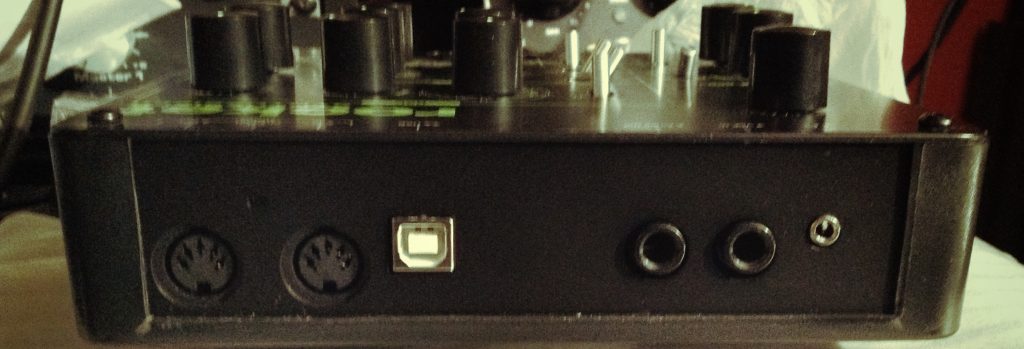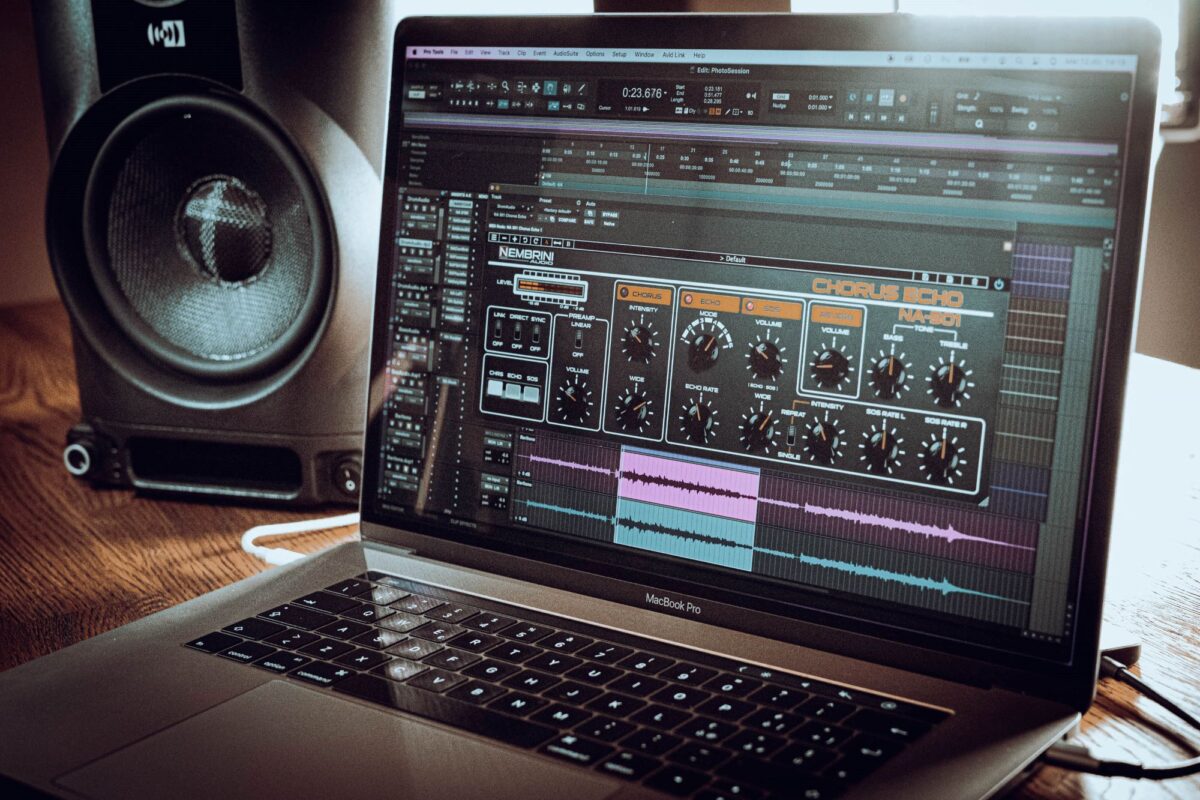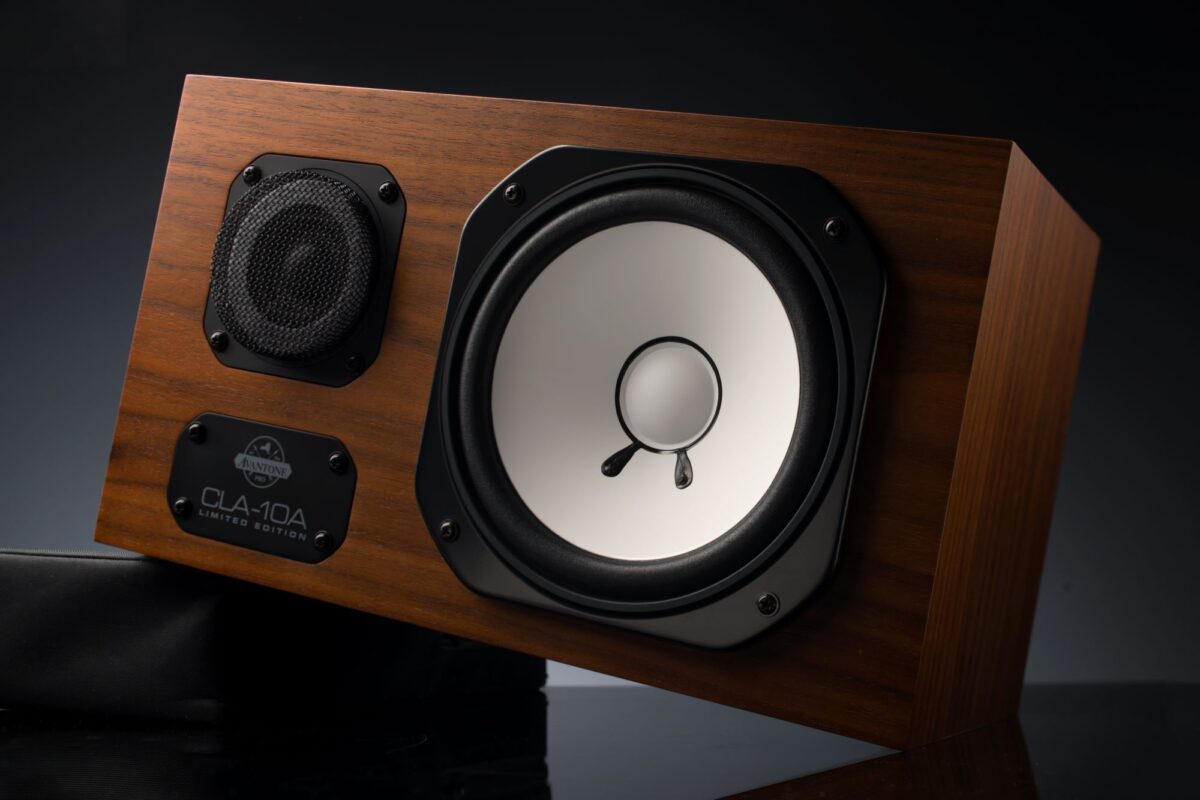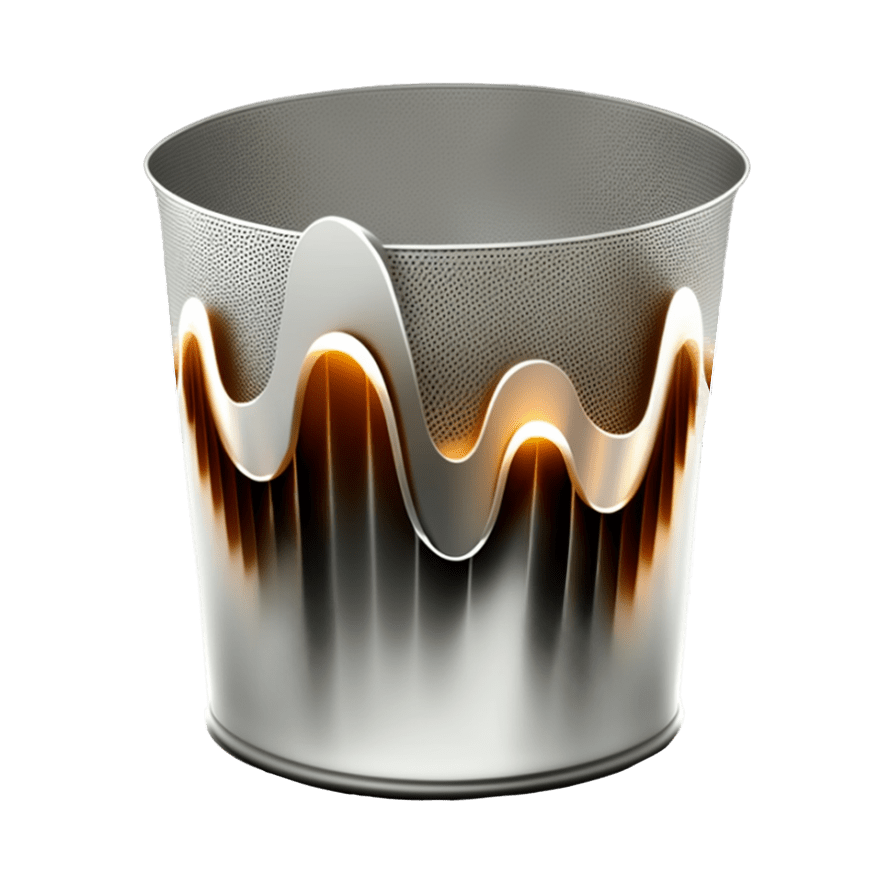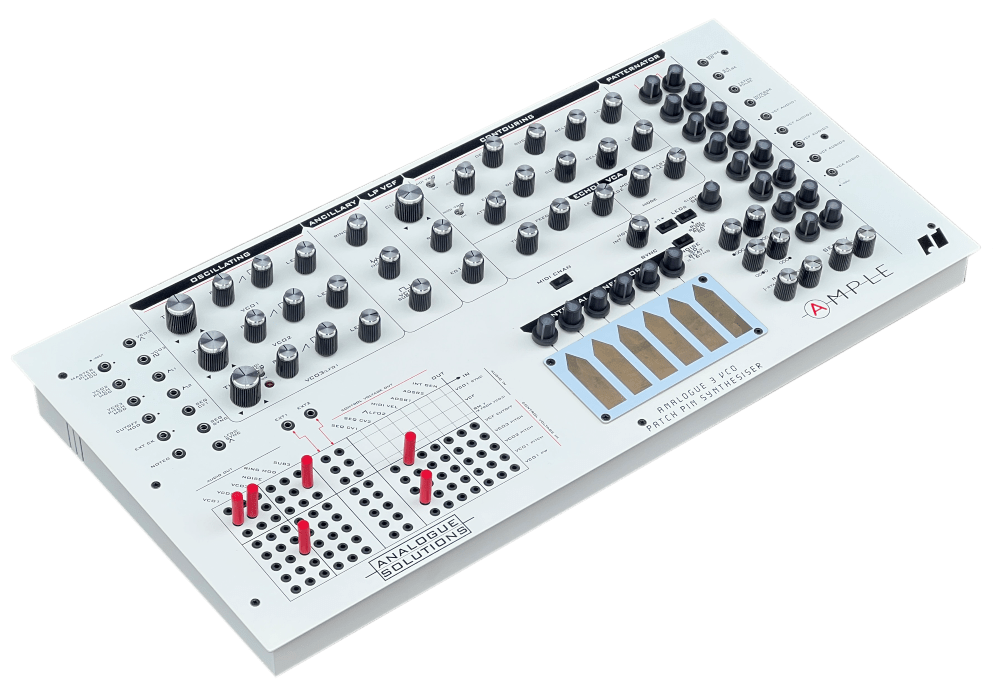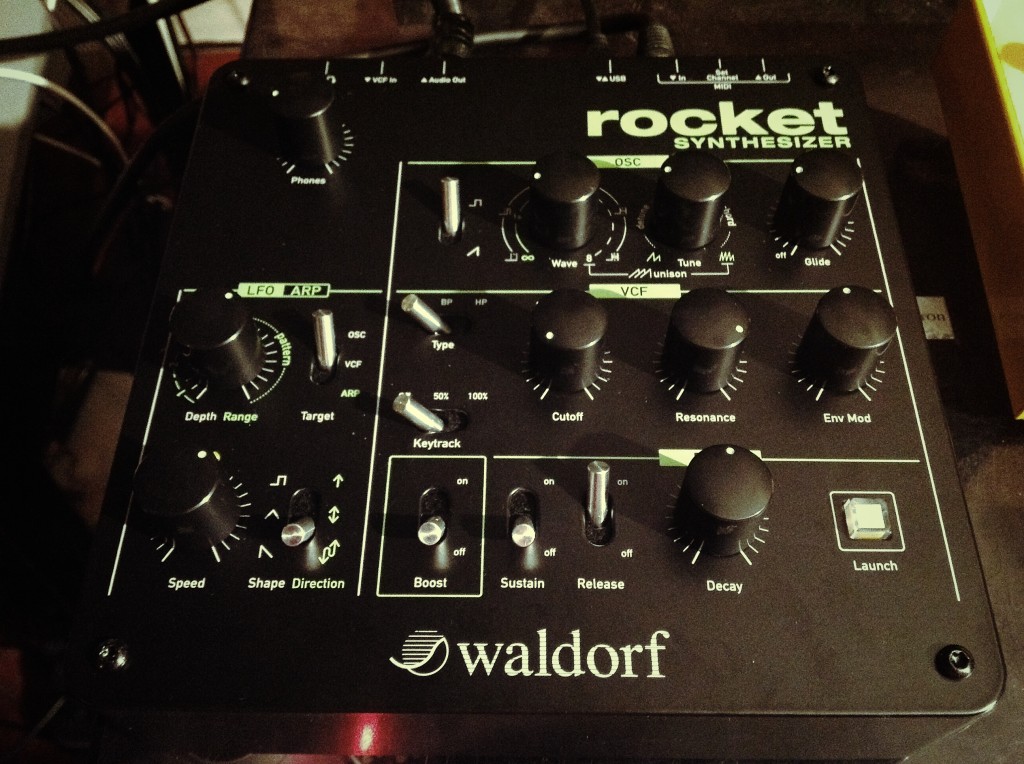
[fresh_divider style=”dotted”]
Waldorf surprised many when they announced the Rocket back in Feberary 2013. I’m not sure if Waldorf was at NAMM 2013 but for some reason Waldorf decided to wait after NAMM was over to announce their desktop synth that has an analog filter. In this review I will go over the build quality, features and sound.
What is it?
The Waldorf Rocket is a synth that produces analog type sounds. You will need a controller to play the synth since it’s just a small box. If you like those classic sounds from the 70s than this is the synth for you. You will have a hard time getting bread and butter sounds out of it because it’s a analog sounding device. The Rocket is really a tool for sound design and making unique sounds.
Features
The Waldorf Rocket is a hybrid analog synth meaning it has a single digital oscillator and a analog filter. The layout is very simple and it seems limited but don’t let that fool you. You can do most of the editing with the knobs on the Rocket. On the back of the synth you get a midi in and out, 1 mono output and 1 mono audio input. The power port is USB so you can have the Rocket receiving power from computer or power outlet. The Rocket has a 3.5mm headphone jack as well. I guess Waldorf made the headphone jack 3.5mm for portable use but since there is not way to install batteries, it seems odd. Midi channels can be changed on the back of Rocket with a small pin sized button to make changes. I’m not sure many will bother changing midi channels because it’s not easy making changes unless you have a pen near by.
The volume knob is conveniently located on the top left on faceplate. Looking down to your right you will see Oscillator section. This where the sound generation starts. You get 3 knobs to dial in your sound. What makes the Waldorf Rocket unique is that the first two Oscillator knobs have multiple functions. You get the typical square and saw wave but if you keep turning knob to the right with switch flipped to pulse you get pulse and depending where the Tune knob is turned, you can produce chords with the Rocket. The 3rd knob in Oscillator section is glide and it does what any other analog synth would do.
The Filter section has all the typical features you would see on a analog synth. You get cutoff, resonance and Envelope modulator. Most of the typical filter features are there like Low Pass, high Pass etc. The Rocket has a Key track to manipulate sound. The Boost and Envelope section has sustain, release and decay. The boost does what any typical analog synth does which is boost.
LFO AND ARP is there to take your sound to the next level. It’s easy to get a pattern going on the Rocket. The switches on the side let you get in more depth of the LFO and Range for ARP. You can play until you can’t play no more.
Sound
The Waldorf Rocket sounds convincing. I won’t say it’s impressive but it gets the job done. It’s monophonic which is not a big deal. The Rocket can make some cool sounds like effects and drones. It’s totally fun in that regard. The Rocket does good bass and leads. I even made my own drum kit with the sound design capabilities of the Rocket. You can crank out a full song with the Rocket alone. Dialing in a kick, snare and high-hat sound is actually quite easy. I’m not sure what knob positions or what value my settings were to achieve drum sounds but it can be done. Using your ears will get you by.
The Filter adds weight to the sound of the Rocket. The oscillator is cool but it sounds thin by itself. Using the Boost will give your sound more weight and growl. The Analog filter is a benefit and the Rocket would sound lack luster without it.
Conclusion
Is the Rocket worth it? In my humble opinion “NO”. For the price, I think Waldorf cut a lot of corners. The Rocket’s housing seems flimsy to me. The faceplate is metal but the rest of the synth is made of plastic. When I took the Rocket out of the box, I was disappointed to see how cheaply it was made.
Also, the way the Rocket was marketed I got the impression that it was a fully analog synth. I felt a little betrayed to find out it’s not. The only thing analog was the Filter and Boost but not the Oscillator. Waldorf even said it was a analog synth in their manual for the Rocket. I’m pretty sure they have changed this info in the manual by now. I guess with the multi function knobs it would be impossible to implement that on a real analog synth. Waldorf lost a lot of cool points with the Rocket. It could have been so much better for the price.
For a person that has a analog filter already I would walk by this product. The sad thing is that I like the sound of their App for iPad called Nave better. I have a Moog Filter in my studio that is superior to the filter in the Rocket and seems senseless to release a digital synth that can’t touch the sound of their plugins or app. In my personal opinion, Waldorf just threw this synth out there just to keep the money rolling in and they tricked a few while doing it.
Save your money and get a real analog synth. The Dave Smith Mopho sounds a 100 times better and is $60 more. Save more and get a Novation BassStation II.
Price $329
http://www.waldorf-music.info/
[fresh_divider style=”dotted”]
[starreviewmulti id=8 tpl=31 average_stars=’starscape’ average_size=’24’]


